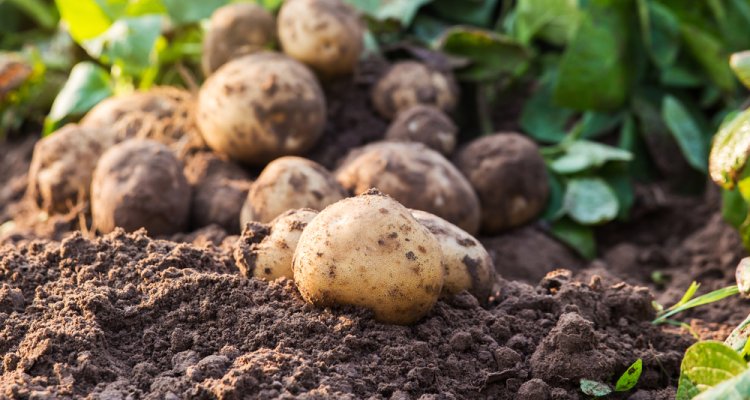
Promotie
Genotype adaptation of potato, farmer preferences and practices in different environments in Kenya
Samenvatting (Engelstalig)
Potato is the second most important food security crop in Kenya after maize. However, its production and productivity is hampered by improper crop management, limited access to quality seed, low adoption of released varieties, diseases and unclear adaptation and tuber physiological characteristics. The aim was to understand farmers’ agronomic practices, seed use, variety preferences, adaptation and tuber physiological characteristics for enhanced potato production. The results revealed 84% potato grown mainly for cash, low yields, improper use of inputs, inadequate technical knowledge among farmers, over dependance on farmer saved seed than certified seed. Besides yield, market demand was a key factor for variety choice. Plant height, canopy cover and late blight disease resistance were potential traits that drive adaptation of varieties to growing environments. These traits with farmer and market preferences, and appropriate dormancy breaking and sprouting behaviour could provide good basis for breeding and recommendation of varieties for Kenyan conditions.